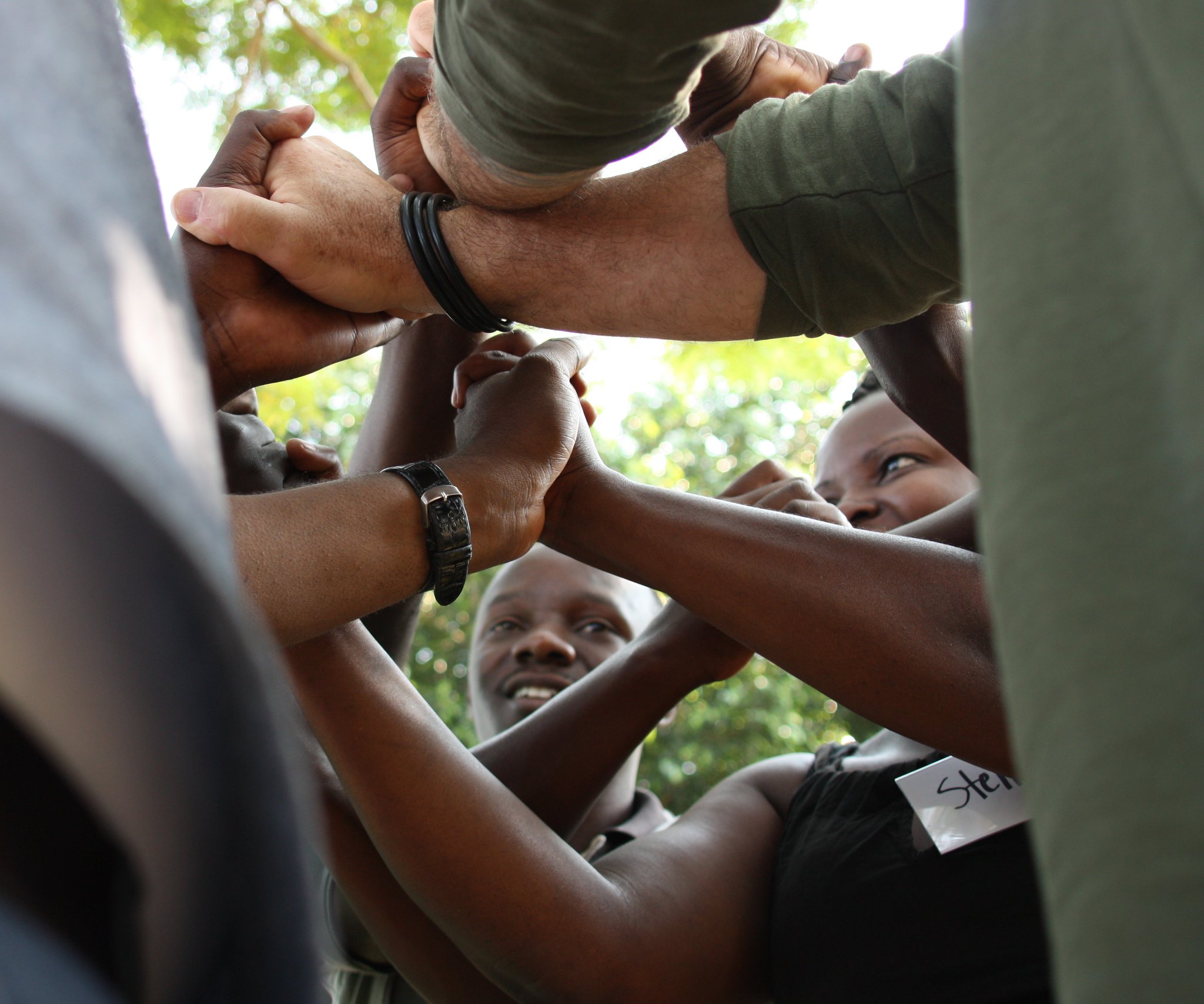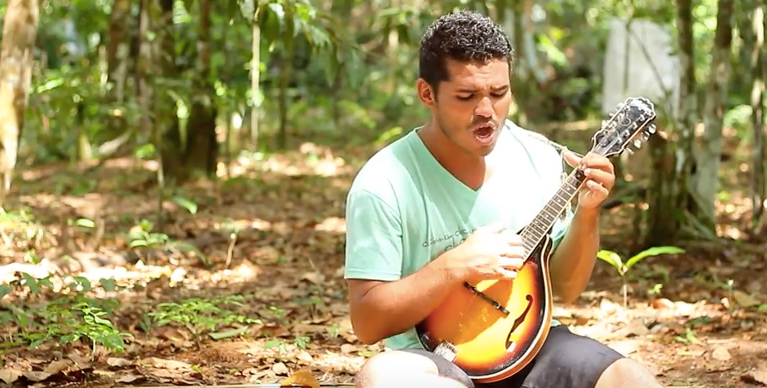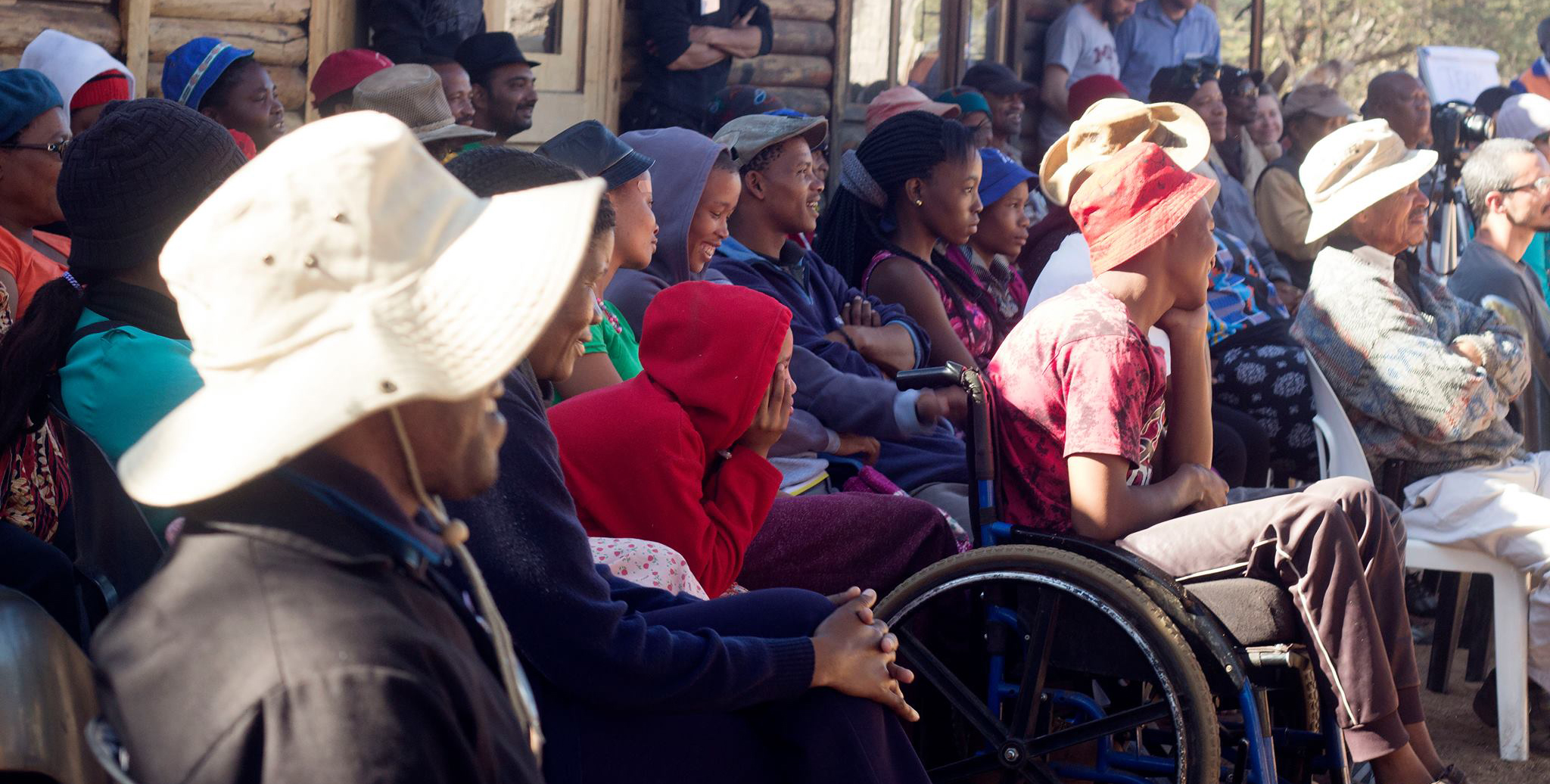What do IDDS participants want to gain? Ask the data. (Part I)

Photo by: Ranyee Chiang
At the beginning of each International Development Design Summit, we ask participants the same question:
“To me, IDDS will be a success if…”
Every time, we get a wide variety of answers:
- “…I get involved with local needs and work for a global solution.”
- "…There is a reciprocal learning, growth and respect relationship between the community and the participants.”
- “…I am able to strengthen my design abilities through the experience and knowledge of the people I meet.”
So, what really makes an IDDS successful? Is it the solutions that teams develop? Is it participants’ learning about design and co-creation? Is it the cross-cultural collaboration and the formation of strong networks?
Rather than take a guess, we thought we should ask the participants themselves. At the beginning of every summit, we ask participants what they most want to get out of the experience, and what they hope to do in the year ahead.
We’ve got data from the four summits in summer 2016: IDDS Educacíon, IDDS Amazon, IDDS Botswana and IDDS Cookstoves, and we want to share it with you!
To start off, here’s a snapshot of who responded:

“Between now and the end of IDDS, what do you most hope to accomplish?”
The day before the summit kicks off, we ask all participants this question. They can choose up to four responses. Here’s what they said:

The most common goals focused on learning and relationships. Interestingly, goals focused on solutions or prototypes were less common. This suggests that while the design project is an important part of the IDDS experience, it is in large part a vehicle for learning and team building.
We were curious about whether the same pattern held at each summit. Let’s take a closer look.

Here’s what I see: first, the desire to learn design and co-creation stays consistent from summit to summit.
But there are a few differences. For instance, in IDDS Botswana and IDDS Amazon, where there was more international diversity among the participants, the goals focused more on cross-cultural interactions and collaborations. These two summits were also deeply embedded in village settings, which intensified the cross-cultural learning.
In IDDS Educación and IDDS Cookstoves, most participants came from neighboring countries in Latin America and East Africa, and so participants’ goals focused on building a regional network. These two summits were also more specialized than the other two, connecting people working in the same field (education and energy, respectively) and looking to make professional connections in that space.
Finally IDDS Cookstoves is the only summit where solutions appeared in the top three goals. This may be because the summit was more technical, involving professional cookstoves designers, researchers, and manufacturers seeking to improve this technology.
Are there any other differences between groups? For instance, do male and female participants prioritize the same things?

The answer is, mostly yes. They had the same top three, just in slightly different orders.
Among the women who responded, the top two goals focused on learning co-creation (52%) and design (48%). In third place (43%) was joining a network of innovators.
For men, joining a network of innovators topped the list at 60%, with learning co-creation a close second at 56%. A healthy 53% prioritized learning design.
We also wondered whether it mattered where the participant was from. Did local participants from that community have the same goals as international participants who had traveled to the summit from afar? Do individuals from a summit’s country have a different view of success than people from outside?
We divided the participants into three groups: Local (from the summit community), National (from the summit country, but not the same community) and International. Let’s take a look:
.png)
The first thing that strikes us is that both national and international participants have very similar goals, but that local participants have somewhat different prioirities.
Among both national and international participants, nearly two-thirds said that learning co-creation was a top priority. This makes sense: while many may have experience designing or problem-solving in their own contexts, summits offer a unique opportunity to learn and practice co-creation with users from that community.
Meanwhile, around 60% of local participants prioritized working with people from other cultures. With IDDS bringing people from around the world to their hometowns, these individuals embraced the cross-cultural collaboration as one of the most valued parts of the experience.
Interestingly, the third priority among local participants was producing a viable prototype. This did not show up as a priority for the other two groups. This underscores an interesting dynamic: while all participants value learning and collaboration above all, local participants have a real stake in seeing an actual project developed and implemented in their communities.
Check out Part II, when we look at what participants hope to accomplish after IDDS is over!
It takes a village to get good data! Many thanks to Josephine Ong for designing the infographics for this post. Also, thanks to M&E Fellows Tricia Johnson, Gayathri Ramani & Helena Tavares for collecting and crunching the data, and to David McDevitt for wrangling it together!






